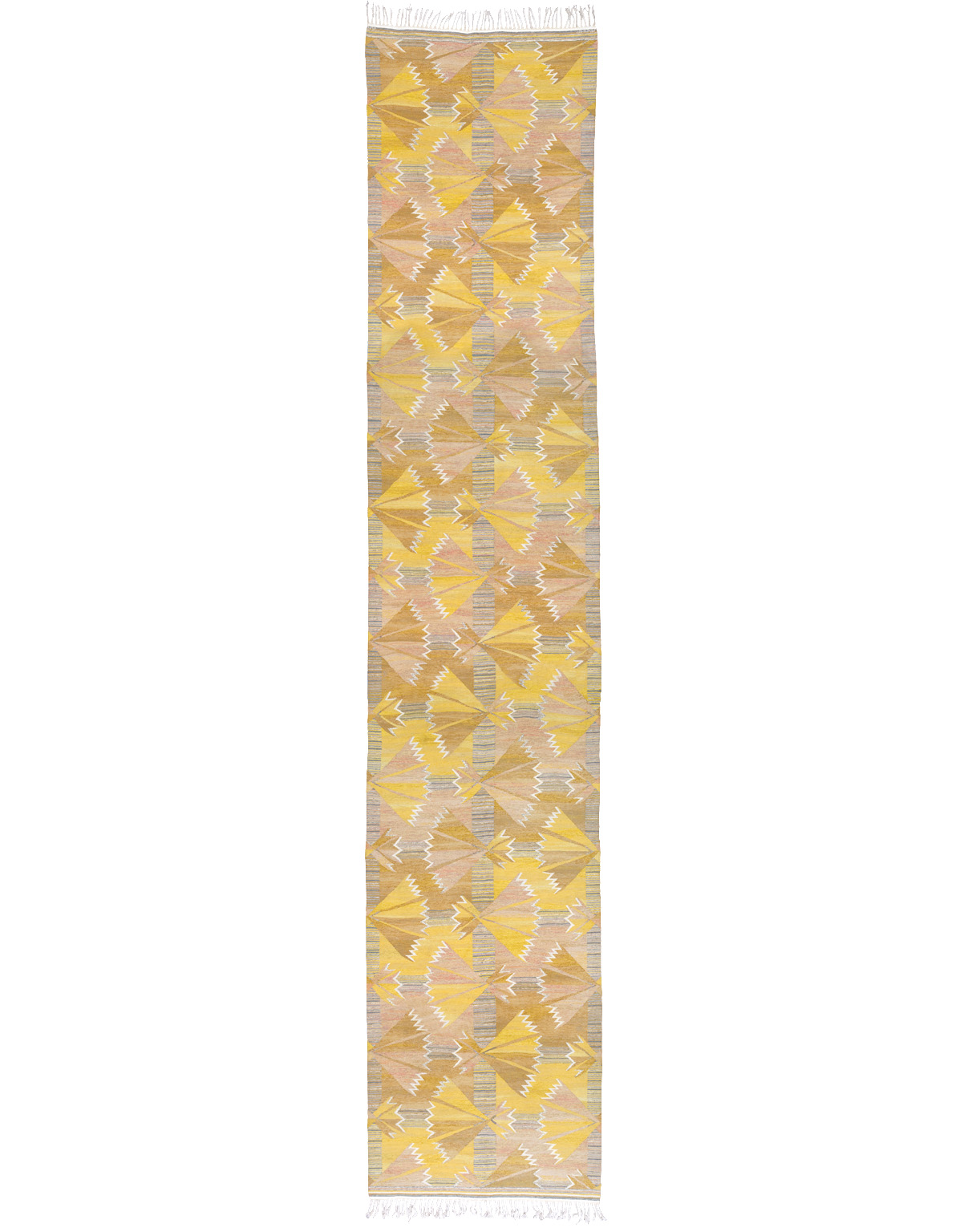Submitted by siteadmin on Mon, 2016-05-23 11:06
Initialed "AB MMF, BN" (AB Märta Måås-Fjetterström, Barbro Nilsson)
New Arrival:
Image:

Custom Woven Fabrics:
Custom Carpets:
Antique & Vintage:
Width (FT):
5.00
Width (IN):
2.00
Length (FT):
25.00
Length (IN):
10.00
Country of Origin:
Sweden
Circa Date:
1950
Signature Series:
Reference Number:
22187
Vintage Category:
People:
Barbro Nilsson
AB Märta Måås-Fjetterström
Total Length:
310
Total Width:
62
Antique Rugs:
Vintage Carpets:
Curtains:
In Stock:
